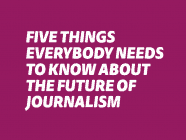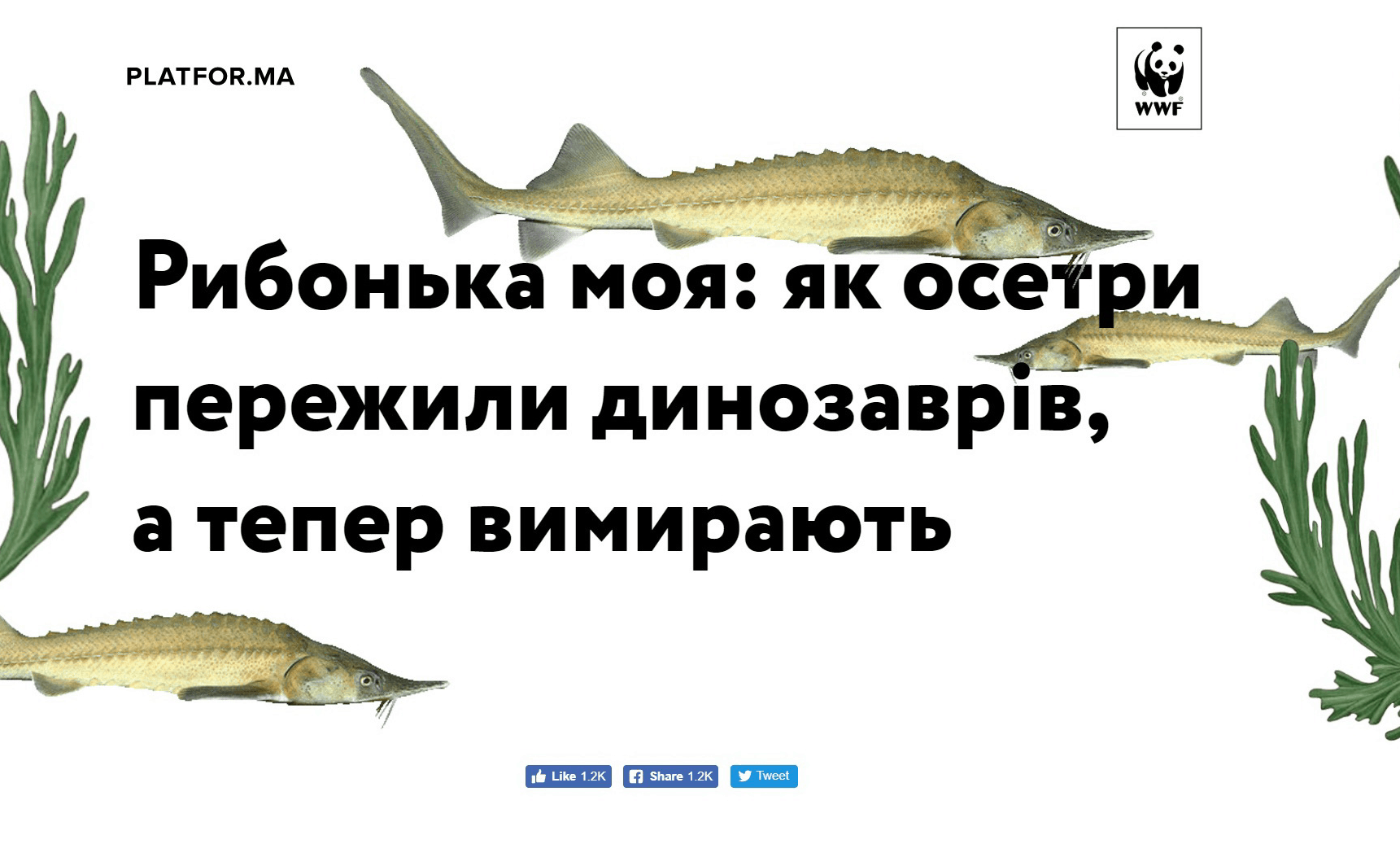- 87Shares
- Facebook8
- LinkedIn21
- E-mail40
- Buffer
- WhatsApp18
Think tanks are changing the face of political debate and influence, according to research into their media visibility. The study highlights the increasing importance of advocacy think tanks within and outside the Danish news media during the past decade, and points to their growing ability to present themselves as independent expert sources, even though they represent special interests.
Alhough such organisations are mostly associated with the United States, in recent years the number in Europe has grown. Sweden has the highest number, with others in Denmark, Finland, Norway, United Kingdom and Germany.
The study, co-authored by myself and Nete Nørgaard Kristensen from the University of Copenhagen, looked at the two most prominent advocacy think tanks in Denmark, the liberal CEPOS (Centre for Political Studies, mostly connected to media and private business) and the social democratic ECLM (Economic Council of the Labour Movement, linked to government and unions).
Think tanks are a relatively new phenomenon and set against a background of three key changes in decision-making in Denmark. First, the rise of lobbying and PR; second, the growth of strategic political advocacy through news media; and, third, the increasing importance of think tanks in the public political debate.
Think tanks have also become more popular as other institutions, such as the traditional corporate structure which integrates employers’ associations, trade unions and other interest groups in the policy-making process, have declined. As a consequence of what they call “de-corporatisation” those seeking to influence political decision-making have had to find alternative ways of gaining a voice.
We analysed the full year coverage of the two think tanks for 2006 and 2013 in seven Danish newspapers, including three of the largest broadsheets, two tabloids and two niche papers – a total of 2,279 references.
Our study, Think Tanks in Denmark – Media Visibility and Network Relations, shows that CEPOS and ECLM, the oldest and largest Danish think tanks, seem to have caught the attention of news media as topics and sources of interest and importance. They each receive almost the same amount of coverage, with the liberal leaning CEPOS getting more positive attention by the liberal media, and ECLM attracting positive coverage from the centre left. We conclude that this “confirms the tendency towards re-politisation [sic] of the news media in Denmark.” This trend has also been noted in a US context.
Although the purpose of think tanks is to promote particular ideologies and causes, the media study shows that advocacy think tanks are most often presented as ‘independent’ sources rather than as ‘special interest sources’. This is increasingly seen in news items.
This reflects the news media’s more general tendency to associate a very heterogeneous flock of expert sources with varying forms of knowledge and authority. It also indicates that Danish think tanks have quickly and efficiently succeeded in promoting themselves as objective experts.
Think tanks operate in many spheres, but are increasingly focussing on gaining media attention to promote their ideas. Students of this change argue that think tanks have learnt to interact with the way the news media operates. Indeed, both national and international studies point to the ability to assume the role of professional news sources as one of the main reasons why think tanks have been so successful in gaining media attention.
As a consequence, a new strategic terrain for seeking influence on political decision-making has emerged.
Think Tanks in Denmark – Media Visibility and Network Relations
Pic credit: Flickr Creative Commons Beto Ruiz Alonso
- 87Shares
- Facebook8
- LinkedIn21
- E-mail40
- Buffer
- WhatsApp18
Tags: advocacy, CEPOS, ECLM, experts, journalists, media, Newspapers, political lobbying, sources, think tanks













































